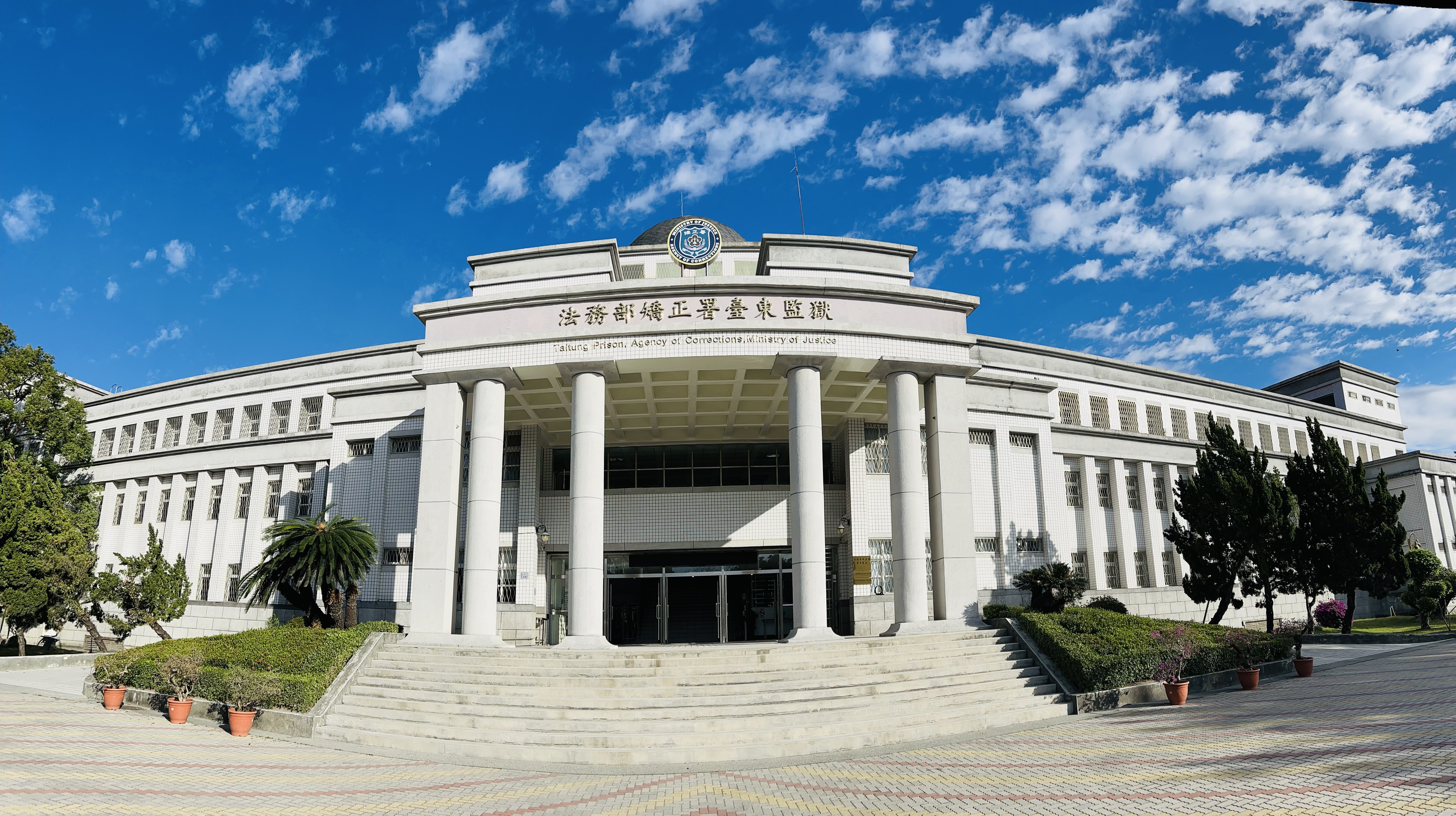History
- Publication Date :
- Last updated:2025-07-08
- View count:1031

Taitung Prison was established on January 14, 1950, originally located at No. 1, Fuxing Road, Taitung City. On July 1, 1954, it was relocated to No. 317, Guangdong Road. The facility serves as a prison for inmates sentenced to severe or general terms, housing both male and female prisoners under the execution orders of the Taitung District Prosecutors Office, Taiwan.
In 1964, to meet local needs, the prison actively engaged in out-of-prison labor operations, including river land reclamation in Luye. On July 1, 1971, it was renamed “Taitung Open Prison.” Later, on July 1, 1976, with the reassignment of Taitung Open Prison’s “Wuling Farm” to become the “Taiwan Wuling Open Prison,” the institution reverted to the name “Taiwan Taitung Prison.” Since October 22, 2001, the prison has also undertaken the responsibilities of the “Taitung Detention Center,” “Taitung Juvenile Detention House,” and the “Attached Drug Abstention Facility” (which, since September 15, 2023, exclusively accommodates female detainees). Additionally, a Taitung Branch Prison was established at the Taitung Rehabilitation Center, with an approved capacity of 1,083 inmates. On January 1, 2011, following the establishment of the Agency of Corrections under the Ministry of Justice, the institution’s name was changed from “Taiwan Taitung Prison” to “Taitung Prison, Agency of Corrections, Ministry of Justice.”
On December 10, 2021, Constitutional Interpretation No. 812 issued by the Justices of the Judicial Yuan declared mandatory labor unconstitutional. Consequently, correctional training institutes ceased admitting individuals sentenced to compulsory labor, accelerating the organizational reform and restructuring of correctional institutions in Eastern Taiwan. On September 15, 2023, the Yanwan Skill Training Institute was officially decommissioned and Taitung Prison was relocated to its original site at No. 642, Section 2, Xing’an Road. The facility’s area expanded from the previous 0.9 hectares to 10.8 hectares, alleviating overcrowded conditions and optimizing the spacious skill training grounds to provide diverse vocational training programs. This upgrade significantly improved the correctional environment and recreational activities, thereby enhancing the effectiveness of rehabilitation efforts.

